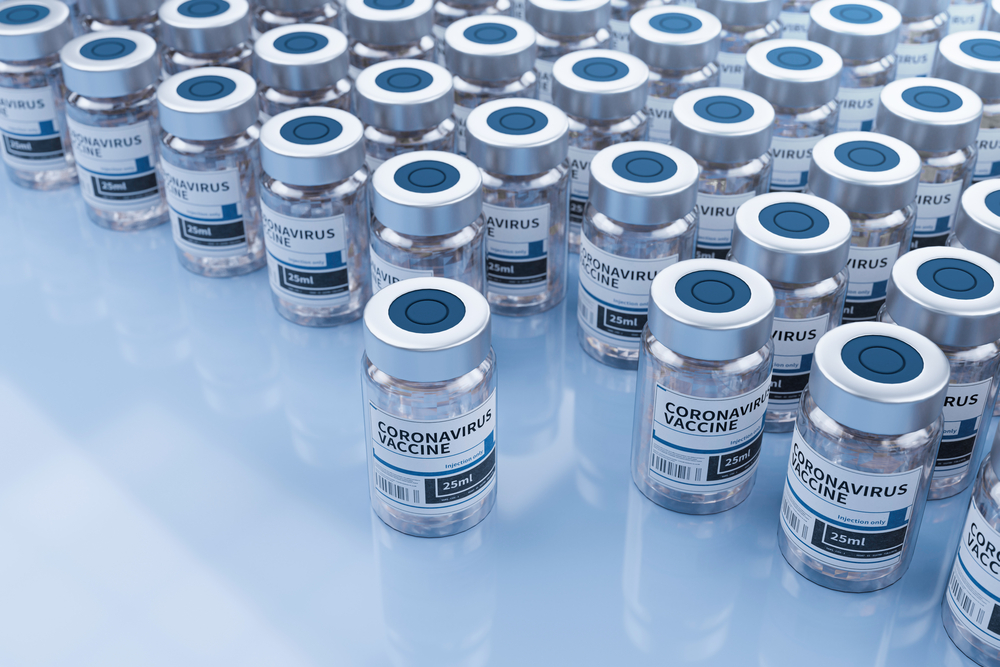Vaccine supply chains: groundhog day
Suspending vaccine intellectual property is not the answer to alleviating bottlenecks – there are other ways the G7 can contribute
Will we ever learn? In the second quarter of 2020, officials publicly despaired over shortages of masks, other personal protective equipment and medical equipment such as ventilators. Officials not known for their expertise in industrial organisation and international trade started traducing cross-border supply chains. Fortunately, the private sector was not deterred by either this name calling or by the temporary lapse of judgement by those governments that imposed export curbs. By May 2020 huge amounts of medical kit became available.
This year officials are repeating the same mistake. At the very time when the private sector is dramatically expanding production capacity, officials are publicly fretting about shortages of COVID-19 vaccines. Airfinity, the leading independent consultancy working in this area, estimated on 23 April 2021 that by the end of this year a total of 9.9 billion doses of COVID-19 vaccines would have been produced. That compares to the 1.4 billion doses manufactured already this year. Airfinity reckons more COVID-19 vaccine will be manufactured in May and June this year than in the first four months of the year. The mismatch between current headlines and the private sector scale-up is redolent of last year.
Undeterred by these inconvenient statistics, some resourceful non-governmental organisations are capitalising on the long-standing distrust of the pharma companies and are calling for a suspension of key World Trade Organization rules on intellectual property. This is despite that fact that not a single independent expert on vaccine production has pointed to intellectual property as the bottleneck. These organisations overlook the fact that, as of the end of April 2021, a total of 275 vaccine production agreements have been signed worldwide – 214 involving some form of collaboration between companies. Moreover, there already exist significant carve-outs from WTO rules on intellectual property for the least developed countries – so nothing stops these countries taking action now. Sadly, energy is being wasted fighting yesterday’s battles about intellectual property.
GLOBAL SOLIDARITY
Given the inoculation programmes undertaken by G7 governments, and the vaccine production ramp-up underway, very soon officials will not be discussing vaccine shortages – they will be discussing what to do with the huge amounts of surplus vaccines ordered. There is a major opportunity here for the democratic governments of the G7 to demonstrate solidarity with the rest of the world, especially the developing world.
G7 governments need a game plan to ensure that this opportunity for successful vaccine diplomacy is not squandered. There is the inevitable temptation to play favourites but it should be resisted, so salient is
this matter. After helping neighbouring countries, G7 members should share their surplus vaccines with neutral international organisations, such as
the COVAX facility, so long as those organisations have transparent, scientifically based global distribution plans.
Showing solidarity in this way is also smart public health policy. As more and more countries’ adult populations reach herd immunity, the likelihood of further variants diminishes. Every time a new variant is found, the question of whether existing vaccines offer protection against it arises. This erodes public confidence in the existing vaccines and may result in greater vaccine hesitancy, which in turn increases the risk of further variants emerging. G7 governments and their vaccine manufacturers are well placed to break this vicious cycle.
But this is not enough. Until herd immunity is achieved worldwide, new waves of COVID-19 should be expected. For this reason, G7 members should continue to over-order certain medical kit (masks, oxygen and the like) and stockpile it. G7 members could commit to place such orders for five years, signalling to the private sector that investments in production capacity along relevant supply chains are both merited and less risky. More importantly, G7 members should commit to deploy those stockpiles to whatever country around the world gets hit by a new wave. It may be too much for the G7 to build a common stockpile, but that does not stop individual G7 members from teaming up with other governments to pool resources. The downside from doing too little exceeds the risks of doing too much.












